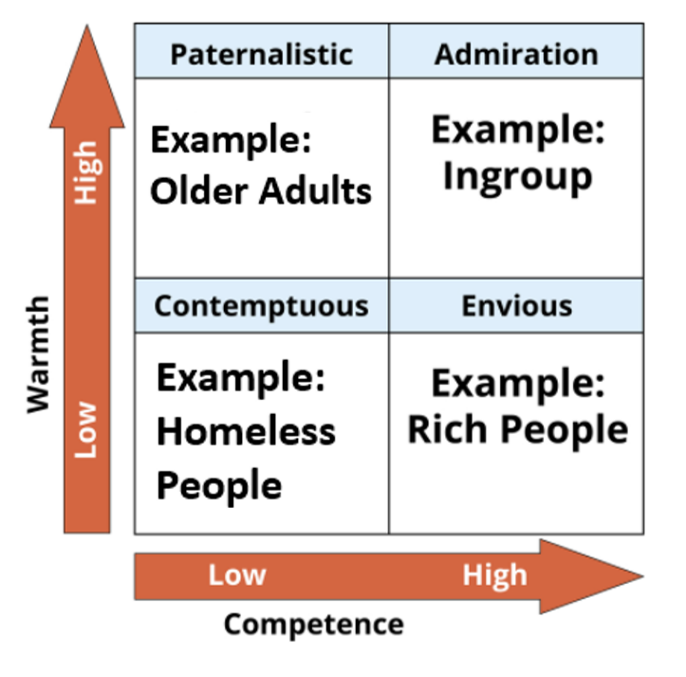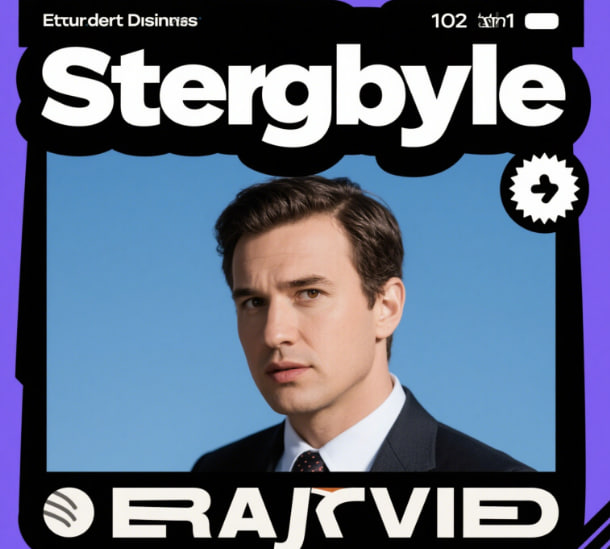Stereotype, a term first coined by journalist Walter Lippmann in 1922. He pointed out that the human brain, in order to cope with the large amount of information from the outside world, chooses to simplify and categorize it, thus forming a fixed view of certain groups. This impression is often strongly subjective, not necessarily accurate, but will profoundly affect our judgment.
We often hear that “men are strong and women are weak”, “foreigners are very open” and “the elderly are conservative” are typical stereotypes. Although these labels can help us recognize things quickly, they also tend to overlook individual differences, which can lead to misunderstanding and even discrimination.
How are stereotypes formed?
Stereotyping in modern society “real-life scenarios”
1. In the advertising industry
Brands intentionally utilize the public’s existing impressions to attract specific consumers. For example, mother and baby products often use images of gentle women, while car ads portray “strong men” driving off-road vehicles. Some emerging brands also challenge these stereotypes by encouraging a female technological persona and emphasizing the sensual side of men.
2. In education and corporate training
In order to reduce misunderstandings and conflicts, schools have begun to promote multicultural curricula, and corporations have placed emphasis on anti-bias training to help employees realize their own subconscious notions of labels and build a more inclusive workplace culture.

3. In Movies and TV Shows
In movies and TV dramas, it is common to see “the bad guy is a man in black” and “pretty girls are vases” as an extension of stereotypes. However, modern productions are increasingly trying to break these stereotypes, for example, by showing the growth stories of independent female characters and non-white protagonists.
4. In policy and law
Many countries have enacted anti-discrimination bills that explicitly prohibit discriminatory behavior based on gender, race, and religion in areas such as hiring, promotion, and education. There are also affirmative action policies to enhance the participation and social status of marginalized groups.
Stereotypes in marital relationships: invisible emotional barriers
1. Gender Role Bound
The stereotype that “men are the breadwinners and women are the caretakers” is still deeply rooted in the minds of many people. These traditional concepts often intensify conflicts in intimate relationships – when women pursue careers, men may feel that their families are neglected; when men express their vulnerability, they are easily criticized for “not taking responsibility”. “When men express vulnerability, they are easily criticized for not taking responsibility.
2. Appearance Labeling Misleads Emotional Judgment
Many people are accustomed to evaluating whether a person is worth dating based on his or her looks, believing that “good-looking people are gentler” or “fat people are undisciplined”. But in reality, there is no direct connection between appearance and personality, and this kind of misjudgment can lead to missing out on true love.
3. Social background influences partner choice
The “right family” used to be a kind of rigid standard. Nowadays, although it has become less popular, family background, income level, education level, etc., still invariably influence people’s view of choosing a spouse. For example, some people feel pressured by highly educated women, while others are prejudiced against those from rural areas.
How to deal with stereotypes in counseling?
1. Help identify internalized biases
Counselors will guide visitors to discover their hidden stereotypes. For example, a wife who feels that her husband should make more money may be influenced by traditional gender roles rather than by real needs.
2. Cognitive change
With Cognitive Behavioral Therapy (CBT), the counselor encourages the client to think: “Are my expectations of my partner reasonable?” and “Where do these ideas come from? and “Where do these perceptions come from?” Thus gradually breaking down old patterns and forming new ways of understanding.
3. Emotional expression and conflict management
Many partners have misunderstandings because they are afraid to express their true feelings. Psychologists will teach communication skills and encourage both men and women to express their emotions instead of being bound by the impression that men are strong and women are submissive.
4. Building a healthy self-identity
Getting rid of external labels and returning to self-exploration is a long-term solution. Counseling encourages individuals to discover their true interests, values and visions rather than living up to the expectations of others.
Case story: When stereotypes affect relationships
Case 1: Division of household chores triggers conflict between husband and wife
The couple argued every day over who would cook and who would wash the dishes. The man thought that it was a woman’s job, and the woman resented being treated like a nanny. With the intervention of a psychologist, the two recognized the misunderstanding brought about by the concept of gender roles and learned to negotiate on an equal footing. As a result, not only is there a division of labor in the housework, but the relationship has also rekindled the heat.
Case 2: Lovers trapped by “Beauty Anxiety
A girl suffered from low self-esteem because her boyfriend was critical of her appearance, thinking that she was not worthy of being loved because she was not beautiful enough. The counselor helped her enhance her self-worth and guided the man to understand the diversity of beauty. Eventually, the two realized a more respectful and understanding relationship.
Final Thought: Can we get rid of stereotypes?
Stereotypes are not formed overnight, and naturally they cannot be eliminated immediately. But we can start by being aware of ourselves, asking whether our inner view of labels is justified, and whether we are willing to let go of our prejudices to get to know others authentically.
Practical advice:
* Conclusion:**
Although stereotypes originate from the human brain’s self-protection mechanism, it should not become a shackle that binds our cognition and feelings. May everyone break down stereotypes and view the world, and themselves, with a more open and authentic mind. In this way, we can build more equal and happier relationships, especially intimate relationships.

